The Science of Bioluminescence in Marine Organisms
Introduction
Bioluminescence is a fascinating natural phenomenon that is observed in a variety of organisms across the planet, including several marine species. This article will delve into the science behind bioluminescence in marine organisms, exploring the biochemical processes involved, the diversity of species that exhibit this trait, and the various functions it serves in the marine environment.
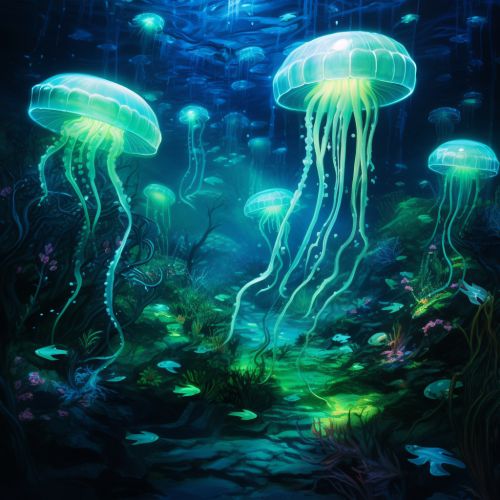

Biochemistry of Bioluminescence
Bioluminescence is a chemical reaction that produces light within an organism. This reaction involves a light-emitting molecule called a luciferin and an enzyme known as luciferase. The luciferin reacts with oxygen to produce light, and the luciferase acts as a catalyst to speed up the reaction.
In marine organisms, the most common type of luciferin is coelenterazine. This luciferin is found in a wide range of marine animals, including certain species of fish, squid, and jellyfish. Other types of luciferin, such as bacterial luciferin and dinoflagellate luciferin, are also found in marine organisms.
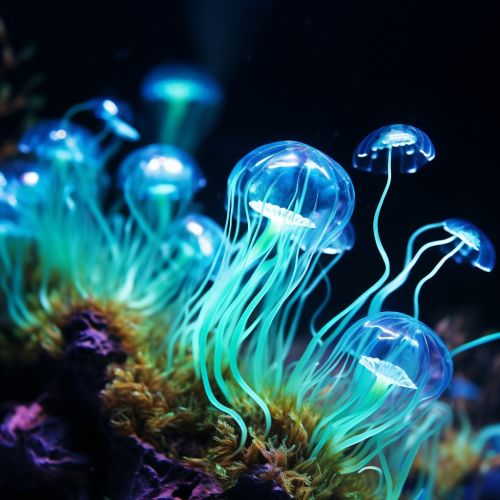
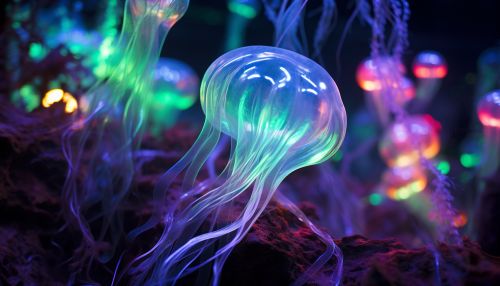
Diversity of Bioluminescent Marine Species
Bioluminescence is found in a wide range of marine organisms, from tiny single-celled dinoflagellates to large squids and jellyfish. It is estimated that about 90% of marine organisms living in the deep sea are bioluminescent.
Some of the most well-known bioluminescent marine organisms include the anglerfish, which uses a bioluminescent lure to attract prey, and the firefly squid, which uses bioluminescence for communication and camouflage.
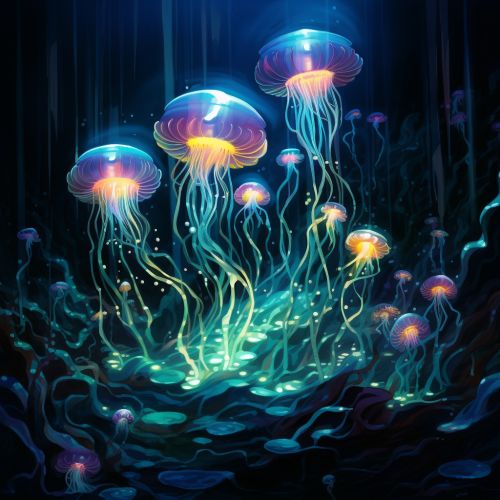

Functions of Bioluminescence
Bioluminescence serves a variety of functions in marine organisms. These include communication, predation, defense, and camouflage.
Communication
Many marine organisms use bioluminescence to communicate with each other. This is particularly common in species that live in the deep sea, where light is scarce. For example, certain species of squid use bioluminescent signals to identify members of their own species and to attract mates.
Predation
Bioluminescence is also used by many marine organisms to attract or confuse prey. The anglerfish, for example, has a bioluminescent lure that it uses to attract smaller fish. Once the prey is close enough, the anglerfish quickly captures it with its large mouth.
Defense
Some marine organisms use bioluminescence as a defense mechanism. When threatened, these organisms can produce a bright flash of light to startle predators and give themselves a chance to escape. Some species, like the Atolla jellyfish, use a bioluminescent display known as a "burglar alarm" to attract larger predators that may be a threat to their attacker.
Camouflage
Bioluminescence can also be used for camouflage. This is known as counter-illumination. Some marine organisms, like the firefly squid, can match the color and intensity of their bioluminescence to the light coming from the surface. This makes them less visible to predators looking up from below.
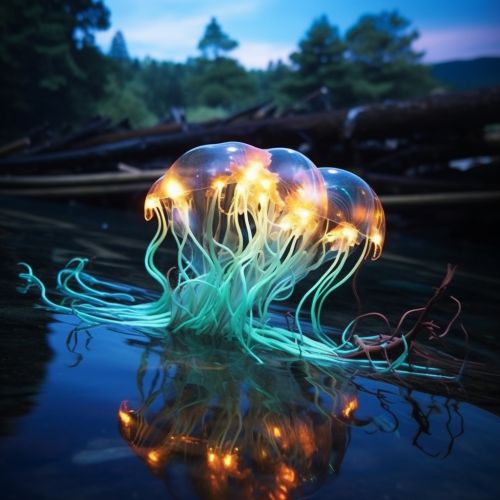

Conclusion
Bioluminescence in marine organisms is a complex and fascinating phenomenon that serves a variety of functions. From communication and predation to defense and camouflage, the ability to produce light is a vital survival tool for many species in the deep sea. As we continue to explore the oceans and learn more about their inhabitants, it is likely that we will discover even more about the science of bioluminescence and the incredible diversity of life that it illuminates.
